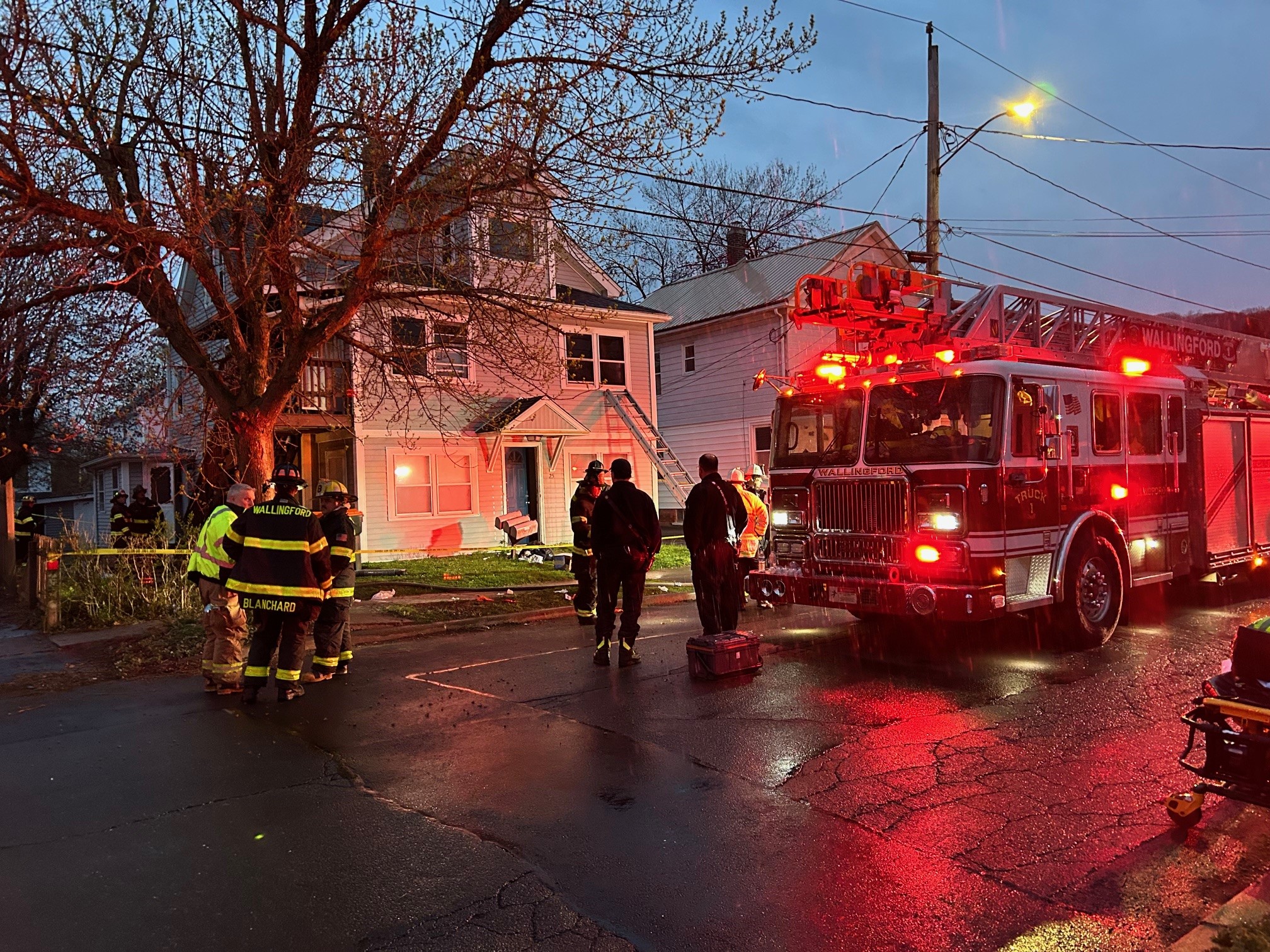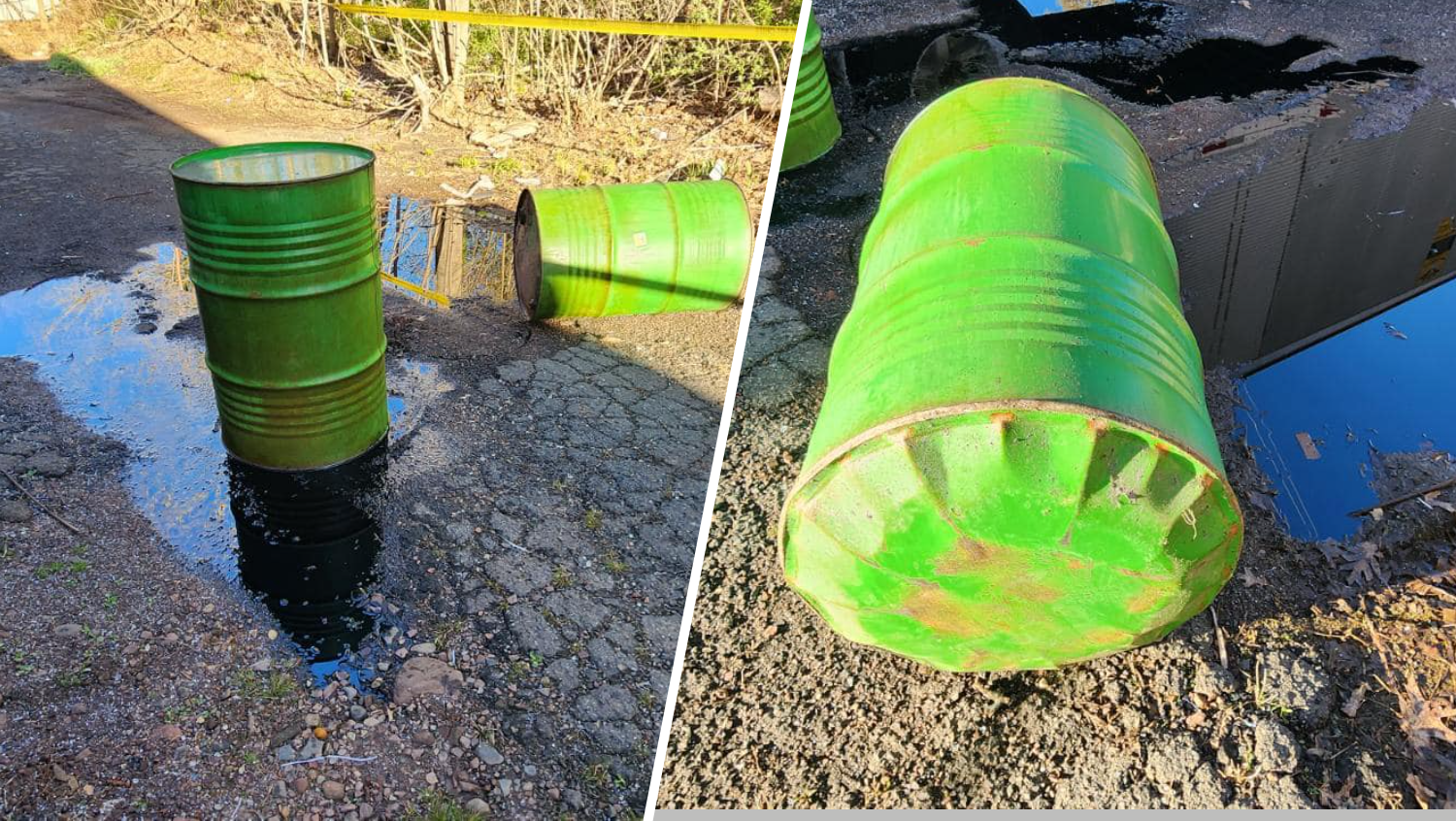An entire classroom’s worth of children are lost every year in Connecticut to unsafe sleep practices.
SIDS, or Sudden Infant Death Syndrome, is a medical acronym that strikes fear into the hearts of expecting parents like Diane Perez. of Granby. It is the unexplained death of a baby under 12 months of age.
“It’s a thought on everybody’s mind,” the first-time mom said.
Her baby boy is due in January.
But Connecticut’s Child Advocate, Sarah Eagan, said the outdated term was once reserved for the sort of medical mystery that’s become extraordinarily rare since the Back To Sleep infant safety education campaign in the early 1990s.
“Are there babies who have an undetected respiratory or metabolic or maybe a cardiac event? Maybe. But what we see year after year and as we get more and more discerning with what we know, we just don’t see that,” Eagan said.
Instead, the data tracked by her office shows the leading cause of death today in otherwise healthy infants is preventable: unsafe sleep. On average, 25 babies die unexpectedly every year in Connecticut due to practices or products in violation of the American Academy of Pediatrics’ safe sleep guidelines.
Local
Infant deaths under the age of 1 not caused by an underlying medical condition are now classified as SUID, or Sudden Unexpected Infant Death.
According to the CDC, “SUID is a term used to describe the sudden and unexpected death of a baby less than 1 year old in which the cause was not obvious before investigation. These deaths often happen during sleep or in the baby’s sleep area.”
Eagan said of the 20 SUID deaths in Connecticut in 2018, “zero were in a safe sleep environment consistent with AAP guidelines.”
American Academy of Pediatrics, or AAP, recommendations on creating a safe sleep environment include:
Place the baby on his or her back on a firm sleep surface such as a crib or bassinet with a tight-fitting sheet.
Avoid use of soft bedding, including crib bumpers, blankets, pillows and soft toys. The crib should be bare.
Share a bedroom with parents, but not the same sleeping surface, preferably until the baby turns 1 but at least for the first six months. Room-sharing decreases the risk of SIDS by as much as 50 percent.
Avoid baby's exposure to smoke, alcohol and illicit drugs.
“I always tell parents remember their ABCs: baby alone, on their back, in their crib,” explains Yale pediatrician Dr. Kirsten Bechtel, “in a crib that’s not cluttered,” meaning no blankets, pillows, bumpers or stuffed animals.
Bechtel co-chairs the state’s Child Fatality Review Panel, a multi-disciplinary board of physicians, law enforcement, social services workers and others who analyze each and every death of a person under 18 in Connecticut. For each instance, specially trained investigators from the Office of the Chief Medical Examiner are sent to conduct scene re-enactments for consenting families, part of a multi-agency collaboration for a state-wide data resource used to analyze trends and shape policy aimed at prevention.
According to their findings, of the 20 SUID deaths in Connecticut in 2018:
- Thirteen infants were found co-sleeping or in an adult bed at the time of death
- Five were in cribs or portable cribs with pillows or blankets, and
- Two died in Rock 'n Play sleepers.
The Fisher-Price inclined sleepers are now recalled after over 30 deaths nationwide. But in October, the Consumer Product Safety Commission issued a warning about similar products still on the market, along with other items previously implicated in infant deaths like crib bumpers.
Bechtel said on the national level, the American Academy of Pediatrics is pushing for legislation to ban such items.
In the meantime, however, they’re still on thousands of baby registries, readily available for purchase.
For Perez, it’s a frustrating contradiction.
“I would have bought a regular bumper that would have gone with my crib set,” she says. “And if they’re not safe, why are they selling them?”
“For safe sleep we’re swimming upstream because it’s the opposite of what consumerism is,” said Assistant Child Advocate Faith Vos Winkel, describing the state agency’s past efforts to get retailers to take down elaborate crib bedding displays including bumpers, pillows and blankets.
“Parents are thinking that they’re doing the right thing and then you have these poor outcomes. The worst outcome,” she said.
In 2015, safe sleep education became the law in Connecticut, with a bill that requires every hospital to educate new parents on those guidelines before they go home with their new baby.
UCONN Health Neonatologist and Child Fatality Review Panel member Ted Rosenkrantz worries that may be too late.
“The downside of that is, they get that message once, guaranteed once. It's also a time when the mother's going through a lot of other things like recovering from delivery, learning how to breastfeed, making sure that everything's just fine to leave in 48 hours,” he said.
Rosenkrantz also cautions parents against other products like home cardiorespiratory monitors.
“They definitely play to a parent’s anxieties,” he says.
Bechtel agrees.
“Parents use those monitors in unsafe sleep environments because they think, well the baby’s on their stomach, but they’re on the monitor, so I’ll know if something happens,” she said. “Those sort of monitoring devices have not been shown to reduce rates of sleep related death.”
With her “miracle” baby boy coming in January, Perez is busy putting the finishing touches on her jungle-themed nursery. She thinks parents like her would benefit from a prenatal education class on infant sleep safety, just like the birthing or breastfeeding classes which are readily available.
“Right now, when I find myself staring at all these items not knowing what to buy,” she says. “This (is)when the education is needed. Tell me now, what do I need versus what I don’t need? What is safe versus what is not safe?”
Eagan said efforts are underway on a state level to expand the safe sleep messaging to reach expectant mothers during prenatal care at the OBGYN, and to continue the education through pediatrician visits and other points of contact with medical or social service professionals. For instance, the Office of the Child Advocate trains workers from the Department of Children and Families to implement safe sleep education in every visit, and to distribute portable cribs to households where safe sleep spaces may be out of reach financially.
“Our data shows we have a lot of work to do,” Eagan said.
Indeed, a recent study by the AAP found as many as two-thirds of parents surveyed do not follow all safe sleep guidelines, even after being advised by professionals.
Agencies like Eagan’s are trying to get to the bottom of why.
She points to numerous other risk factors like poverty, racial disparities in healthcare, and cultural and generational influences on sleep practices.
Eagan said parental substance abuse was a factor in 12 of the 20 SUID cases in 2018.



